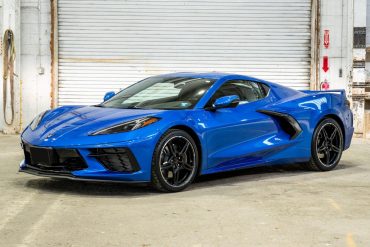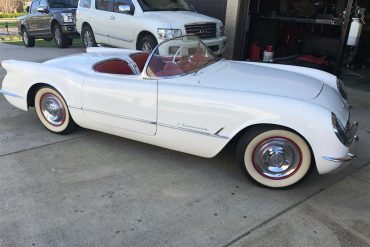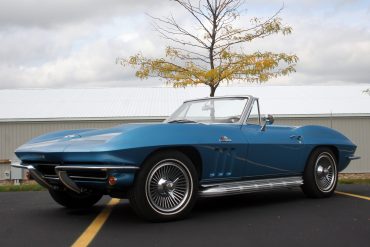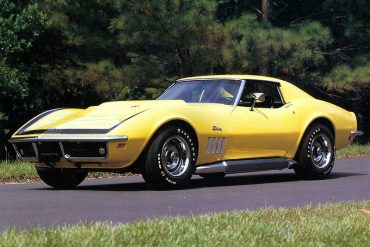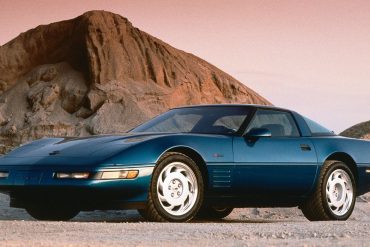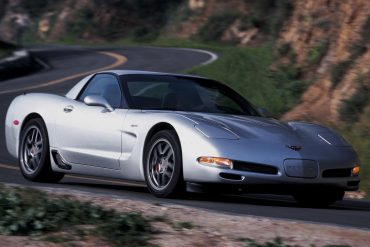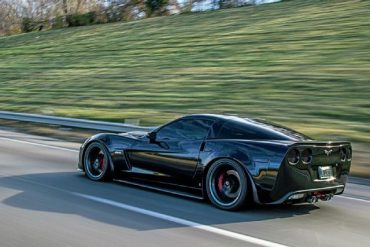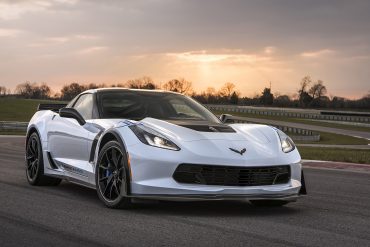The first mid-engined Corvette came along during a pandemic. That didn't stop Chevy from selling 20,368 units in its first year (at premium prices I might add), even with a global chip shortage stopping production in both 2020 and 2021.
The Corvette that started it all was a huge production success. Over its 10 year production life 69,015 C1 Corvettes were produced (that is about 6,901 per year which is sold in those days).
A total of 117,964 C2 Corvettes were produced over the five year production cycle for the second generation Corvette. A relatively short lived model the C2 sold a lot of convertibles at 72,418 units versus the 45,546 coupes made.
C3 production volume started strongly in 1968 with 28,566 cars built, with 18,630 convertibles and 9,936 coupes. Production volumes grew quickly in the second year with coupe volume overtaking convertibles with 22,129 units.
The C4 generation Corvette cars should have begun selling in 1983, but they didn’t. Development and quality control issues prevented the introduction of the C4 Corvette until March of 1983.
The Corvette C5 was a better car across every function than its predecessor. Performance, quality, handling, packaging and functionality improved. Production volumes were consistent at between 30,000 and 35,000 units per year.
There were 215,223 C6 Corvettes produced. The C6 started selling well, the new body style as well as fixed headlights design proving popular. In its first and second years, a total of 37,372 and 34,021 units were produced.
Production and customer delivery of the 2014 Corvette Stingray Coupe began in September 2013. Corvette assembly plant tours in Bowling Green, Kentucky began in October 2013. In all, a total of 94,529 C7 Corvettes were sold.


